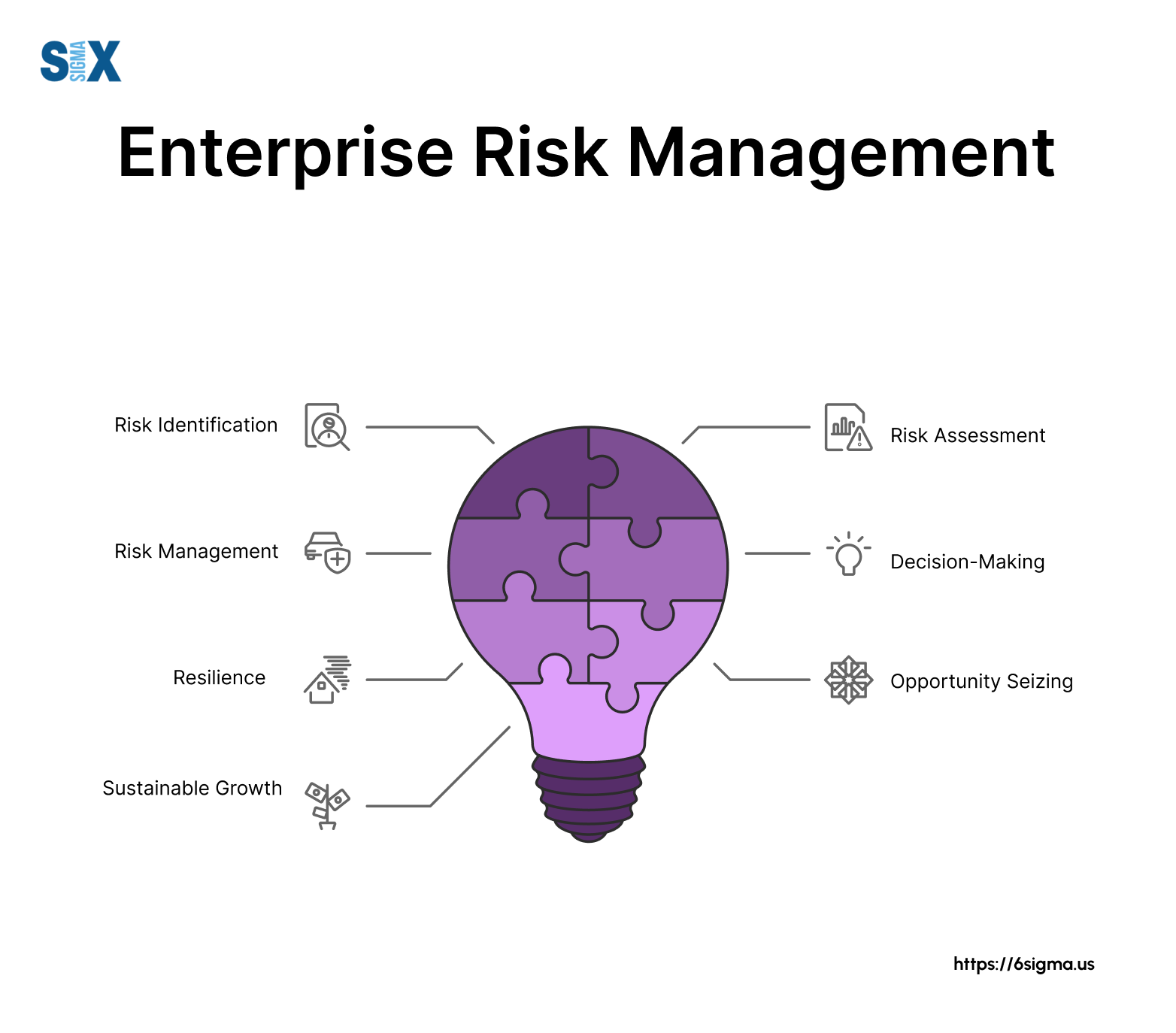The Role and Importance of Risk Management in Ensuring Organizational Continuity
The Role and Importance of Risk Management in Ensuring Organizational Continuity
Blog Article
The Importance of Recognizing the Value of Risk Management in Various Industries

The Core Idea of Risk Management and Its Function
Risk Management, the cornerstone of many sectors, hinges on the identification, evaluation, and mitigation of uncertainties in a company setting. By appropriately identifying possible dangers, companies can establish strategies to either protect against these risks from happening or minimize their impact. As soon as threats have actually been recognized and reviewed, the reduction procedure entails creating approaches to decrease their possible influence.
Advantages of Carrying Out Risk Management in Service Operations

Unveiling the Function of Risk Management in Different Industries
While every market confronts its unique collection of dangers, the application of Risk Management strategies continues to be an usual in their quest of sustainability and development. In the medical care sector, Risk Management entails guaranteeing client safety and security and information protection, while in financing, it entails mitigating investment threats and making sure governing compliance. Inevitably, the role of Risk Management across sectors is to determine, assess, and minimize threats.
Real-life Situation Research Studies Showing Successful Risk Management
To comprehend the value of Risk Management in these lots of fields, one can aim to numerous real-life circumstances that show the successful application of these measures. In the power sector, British Petroleum developed Risk mitigation prepares post the 2010 Gulf of Mexico oil spill. They applied far better safety and security treatments and stricter laws which considerably decreased more crashes. In finance, Goldman Sachs effectively browsed the 2008 economic situation by identifying prospective mortgage-backed safeties dangers early. Toyota, post the 2011 quake in Japan, modified its supply chain Management to reduce interruption threats. These cases demonstrate just how industries, picking up from crises, efficiently applied Risk Management approaches to decrease future threats.
Future Patterns and Growths in Risk Management Strategies
As the globe continues to evolve, so also do the trends and developments in Risk Management approaches. Rapid innovations in modern technology and information analytics are reshaping the Risk landscape. Large data and AI are currently important in predicting and minimizing dangers. Organizations are leveraging these tools to develop anticipating versions and make data-driven choices. Cybersecurity, once an outer concern, has actually catapulted to the leading edge of Risk Management, with approaches concentrating on detection, action, and prevention. The combination of ESG (Environmental, Social, Administration) factors into Risk Management is another expanding trend, reflecting the boosting recognition of the role that ecological and social risks play in business sustainability. Hence, the future of Risk Management hinges on the combination of sophisticated modern technology, innovative strategies, and an alternative technique.
Conclusion
In verdict, recognizing the relevance of Risk Management throughout a range of industries is important for their durability and success. Ultimately, successful Risk Management adds to more sustainable and durable businesses, highlighting the importance of this method in today's vibrant and highly competitive business environment.
While every sector confronts its unique collection of risks, the application of my blog Risk Management strategies remains a typical in their quest of sustainability and growth. In the health care market, Risk Management requires ensuring individual security and information defense, while in finance, it entails mitigating financial investment dangers and making certain regulatory compliance. Inevitably, the duty of Risk Management throughout look at this web-site markets is to identify, assess, and minimize risks. These situations demonstrate exactly how industries, finding out from crises, efficiently applied Risk Management strategies to decrease future risks.

Report this page